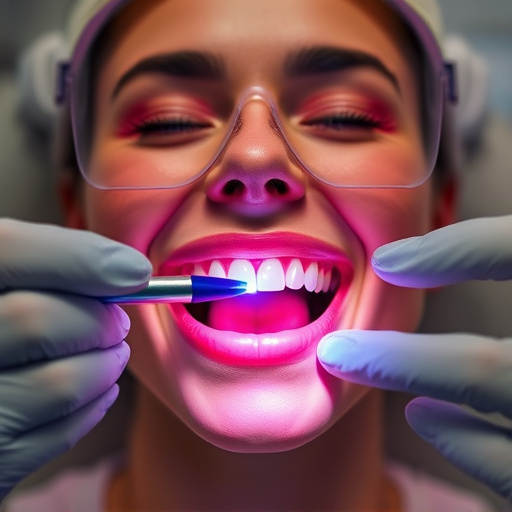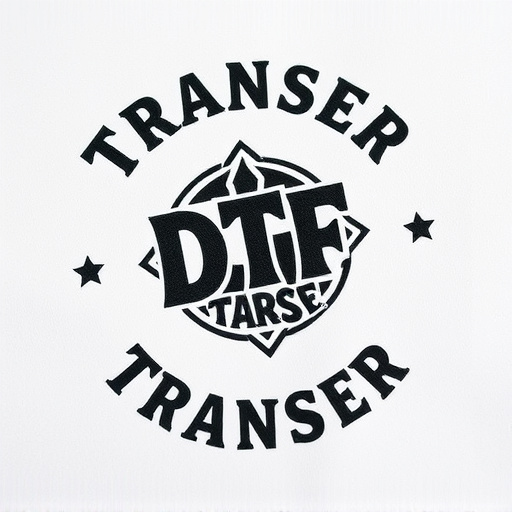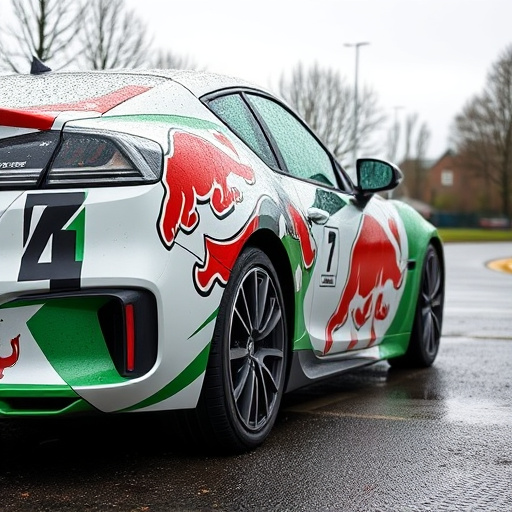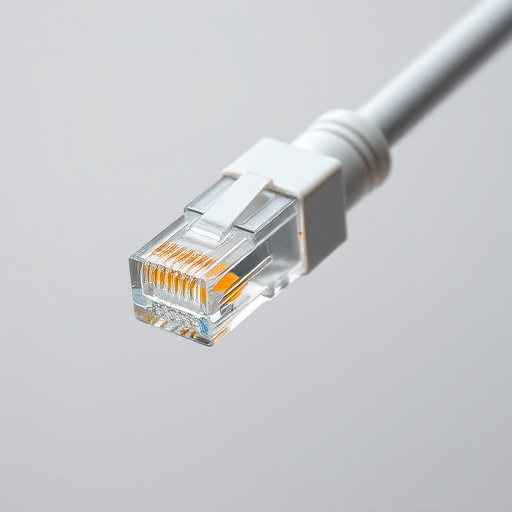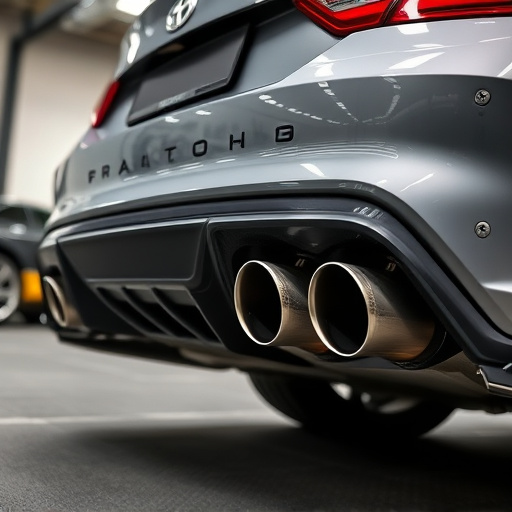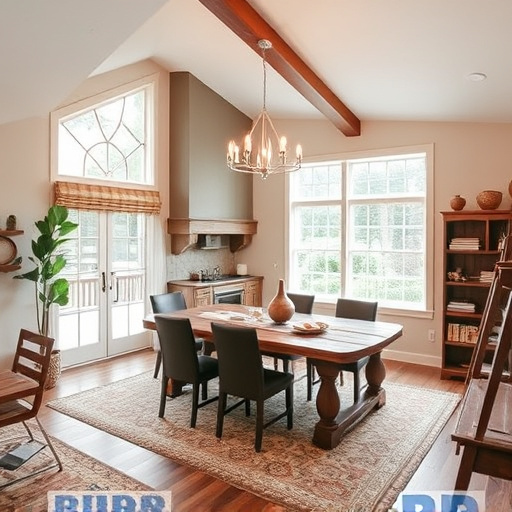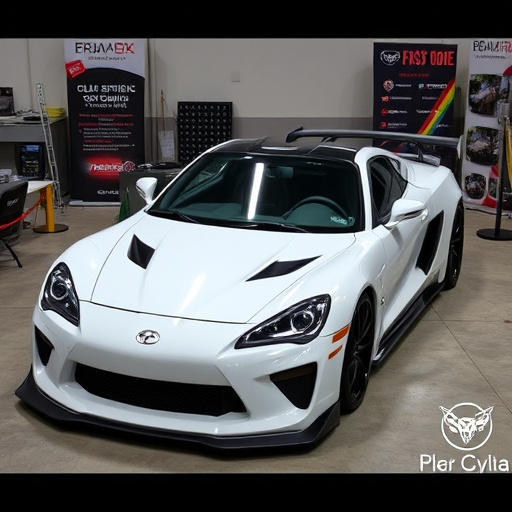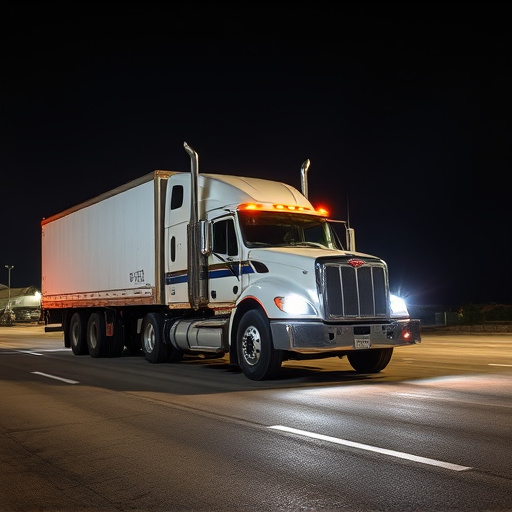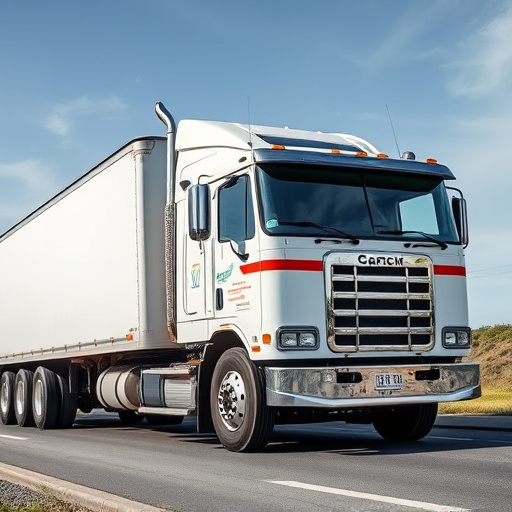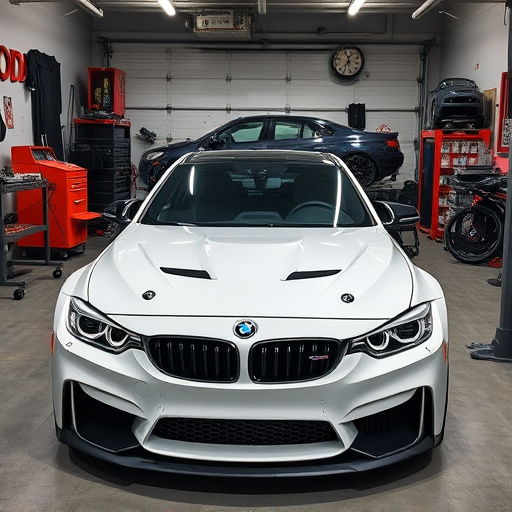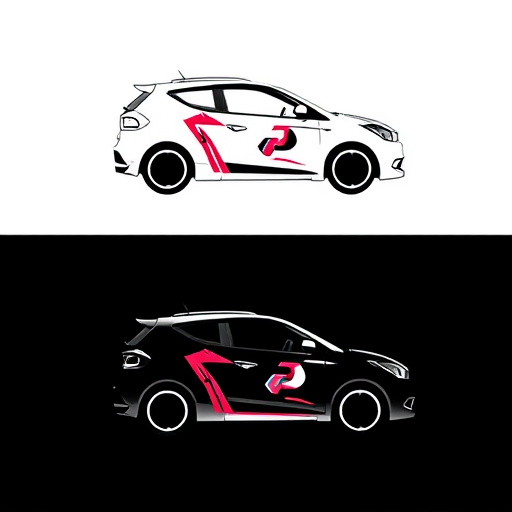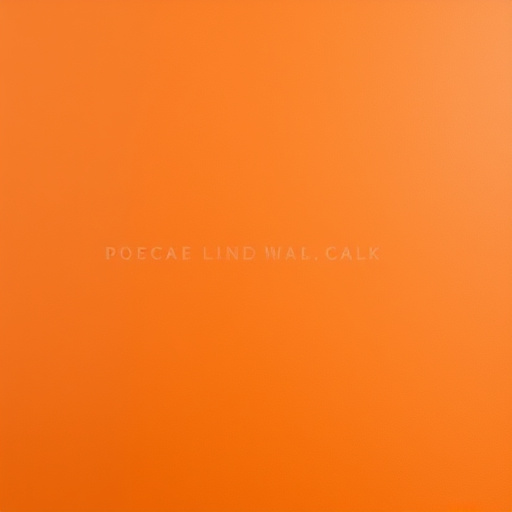Ceramic coating application requires specific temperature (50°F-85°F / 10°C-29°C), humidity (30-50%) and wind conditions (calm days) to ensure optimal performance, adhesion, and durability. Ideal environmental factors prevent issues like bubbles, uneven drying and delamination, enhancing vehicle protection against scratches and damage.
“Optimal weather conditions are crucial for achieving superior results in ceramic coating applications. This guide delves into the essential factors that influence success, focusing on temperature, humidity, and airflow. Understanding these elements is key to ensuring a durable and glossy finish.
Learn how ideal temperature ranges and controlled humidity levels create the perfect environment for seamless application. Additionally, discover strategies to mitigate wind and airflow interference, ensuring your ceramic coating project yields breathtaking, long-lasting results.”
- Understanding Ceramic Coating's Sensitivity to Temperature
- Humidity Levels: Ideal Conditions for Coating Application
- Wind and Airflow: Minimizing Interference During Coating Process
Understanding Ceramic Coating's Sensitivity to Temperature
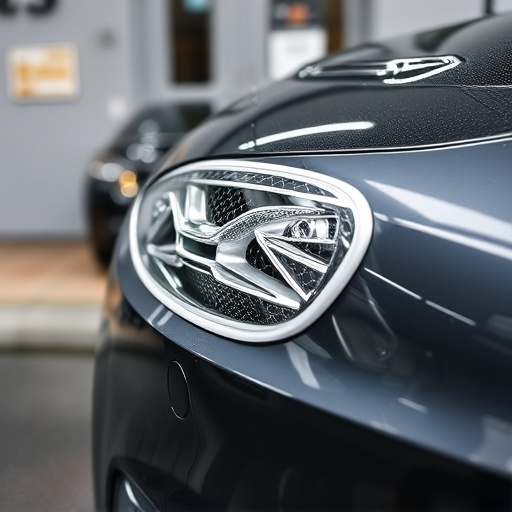
Ceramic coatings are highly sensitive to temperature during application. Ideal conditions for their installation range between 50°F and 85°F (10°C to 29°C). Temperatures outside this range can impact the coating’s performance and adhesion. For instance, applying ceramic coating in cold weather can lead to slower drying times, affecting the overall finish quality. Similarly, high temperatures might cause the coating to cure too quickly, resulting in uneven application and potential bubbles or wrinkles.
Understanding these temperature requirements is crucial for a successful ceramic coating application. It ensures not only optimal coating performance but also enhances the vehicle’s protection against scratches and other forms of damage, often provided by vinyl wraps. This sensitivity underscores the importance of choosing the right time to apply the coating, ensuring both the environment and surface temperature are within the recommended range for best results in ceramic coating application.
Humidity Levels: Ideal Conditions for Coating Application
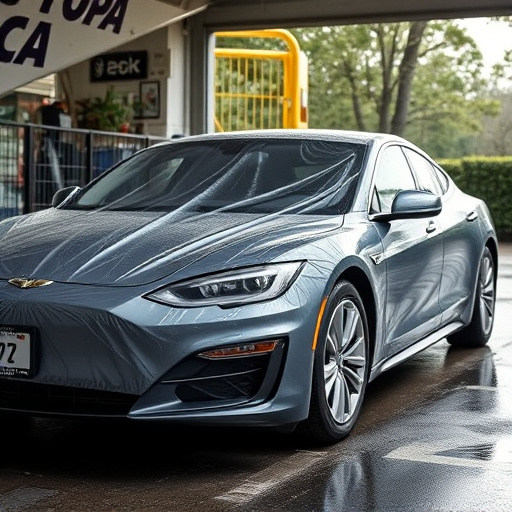
Maintaining optimal humidity levels is a key consideration when it comes to ceramic coating application. The ideal environment for successful coating installation is one with relatively low humidity, typically between 30-50%. Humidity higher than this range can lead to issues like air bubbles, uneven drying, and potential delamination of the coating from the substrate. These problems are especially prevalent in regions known for high moisture content in the air, which can hinder the effectiveness of ceramic coatings designed to protect surfaces from water, dirt, and UV damage.
For car customization enthusiasts or those considering vehicle wraps as part of their paint correction routine, managing humidity is a practical step towards achieving a durable finish. Maintaining low to moderate humidity ensures that the ceramic coating sets properly, creating a protective layer that enhances the vehicle’s appearance while safeguarding its paint job from environmental elements.
Wind and Airflow: Minimizing Interference During Coating Process
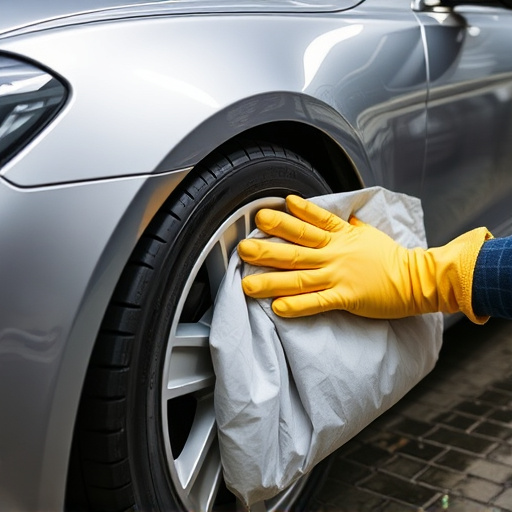
The ceramic coating application process is sensitive to wind and airflow, which can cause interference and impact the final results. During this intricate procedure, a thin, protective layer is meticulously deposited onto a surface, be it a car’s exterior or other specialized items. Any airborne particles, such as dust or debris, can disrupt this delicate process, leading to imperfections in the coating. Therefore, optimal weather conditions are crucial to ensure the best outcomes.
One of the key factors to consider is minimizing wind speed and ensuring proper airflow control. High winds can cause the coating material to dry unevenly, resulting in visible streaks or spots. To avoid this, it’s advisable to apply ceramic coatings on calm days when the wind speed is low. Additionally, controlled indoor environments, like a garage or workshop, can provide the ideal setting for precision application, negating the effects of outdoor winds and enhancing the benefits of heat rejection through car customization techniques, including the use of paint protection film.
The optimal conditions for successful ceramic coating application involve careful consideration of temperature, humidity, and airflow. Maintaining low humidity levels ensures a consistent coating surface, while moderate temperatures enhance the material’s properties. Effective wind control minimizes disruptions, allowing for precise and efficient ceramic coating application, resulting in a durable and glossy finish. These factors collectively contribute to achieving the best outcomes in ceramic coating processes.
